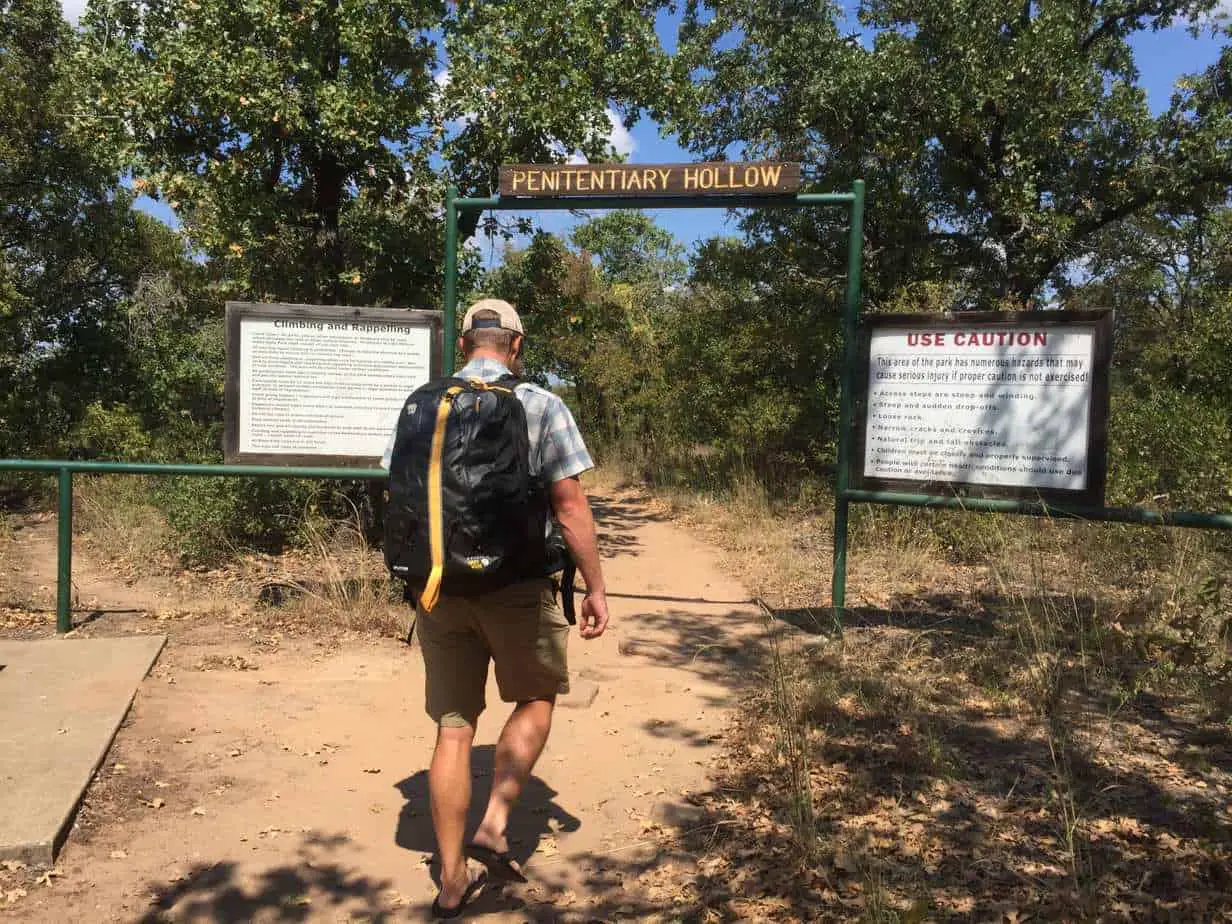When most people think of rock climbing in North Texas, there’s probably not a whole lot that comes to mind. The options are pretty limited in terms of what is available, how far away it is, and the quality of the climbing. However, there is an option in North Texas you may or may not know about.
My guess is if you are into rock climbing at all, you know about Mineral Wells State Park and the climbing it offers in Penitentiary Hollow. However, if you have not visited, you may have some questions you want to be answered before making the trip. Being the closest rock climbing area to Dallas/Fort Worth (DFW), it’s a great place for beginners and intermediate climbers alike to get their climbing fix.
There are other locations in Texas to climb, and they may offer better climbing, but they are few and require a bit of driving. Think of places like Enchanted Rock, Reimers Ranch, and Hueco Tanks to name a few. Heck, even driving up to the Wichita Mountains in Oklahoma is easy for a weekend trip. But, when we are talking about convenience and the ability to make a day trip from DFW, Penitentiary Hollow at Mineral Wells State Park takes the cake.
Location
- Lake Mineral Wells State Park
- Penitentiary Hollow is the name of the climbing area
- Address: 100 Park Road 71, Mineral Wells, TX 76067
- Latitude: 32.812655
- Longitude: -98.043368
- Hours: 6am – 10pm
- Headquarters: 8:00am – 4:30pm
- Fees: $7 Adult Day Use + $3 Activity Fee
- Phone number: (940) 328-1171
- Website: https://tpwd.texas.gov/state-parks/lake-mineral-wells
What to Expect

Lake Mineral Wells State Park is home to approximately 85 named and rated climbing routes. The area is not very large and can quickly fill up during nice weather, especially on the weekends. If you go, be sure to get there early to have time to set up on your route of choice.
In terms of its physical makeup, you essentially step down into a “hollow”, which primarily consists of sandstone bluffs or rock faces. Due to the type of rock composition, the area is top rope and rappelling only with bouldering and free soloing being strictly prohibited. The fragility of the rock also causes the climbing area to be closed in wet conditions. Be sure to call ahead at (940) 328-1171 to make sure it’s open before making the trip.
For the most part, the area is shaded during the day, but it can still get quite hot due to the fact there is little to no air circulation. Be sure to bring plenty of water during the summer months…you will need it.
Climbing Routes

As mentioned above, there are approximately 85 routes from 5.2 to 5.11+ with a maximum height of around 40 feet. There are plenty of routes on the low end in terms of difficulty, making it an ideal location for beginners to get a start on real rock. As you improve, you will also find a good selection of intermediate routes to keep honing your skills.
The anchor points of every climb in Penitentiary Hollow can be accessed from the top. Depending on which route you are trying to set up on, you will access it directly from the path used to enter the climbing area or from some light scrambling or climbing. I can’t think of an area in Penitentiary Hollow that I haven’t accessed while wearing sandals or flip flops. After setting up, a quick rappel will get you to the bottom of the climb.


Climbing and Rappelling Rules
There are a few rules and regulations you need to be aware of as outlined by Texas Parks and Wildlife. Please adhere to all rules to help ensure this area stays open for all of us to enjoy.
- All climbers must sign a liability release at park headquarters.
- Climbers must be 17 years old or have written permission of parent or guardian. Youth group leaders/organizers will sign a statement of youth group compliance.
- The area will be closed under wet conditions. This decreases the chance of injury to rock and person.
- Do not top rope to any structure in the scenic overlook area. Use supplied bolted anchors.
- Climb clean! No bolts, pitons or other equipment may be installed which might damage rock or other natural features. Protection at Lake Mineral Wells State Park is from top rope only.
- Climbing north of the creek is strictly prohibited. Climb only in Penitentiary Hollow.
- Rappelers should make every effort to schedule activities to avoid conflicts with technical climbers. All climbers must be belayed.
- Please report injuries or accidents to park headquarters.
Gear

One of the main questions that prevent folks from making the trip usually involves gear. I am frequently asked the question, “What gear do I need to go rock climbing at Mineral Wells?” The short answer is not much.
However, there are a few things you need for top roping there, and they are very similar to other top roping locations. The difference is how much you need…mainly due anchor setup. Basic gear includes the following: rope, harness, belay device, locking carabiners, and anchor materials.
The items above are the absolute bare minimum you would need to top rope at Mineral Wells. However, there are a few additional pieces of gear that will make your trip much more enjoyable. I will include those in my personal gear list below.
My Gear List
Keep in mind, this is the gear I take with me when I go climbing there. I carry extra in most categories just so I can assist other climbers who may be new or have inadequate gear. You will find some pretty scary setups if you take a look at what people are doing. Do a quick search for “American Death Triangle” and you will know what to look for.
- Rope
- Harness
- Belay devices
- Locking carabiners
- Anchors
- Climbing shoes
- Chalk bag and chalk
Rope

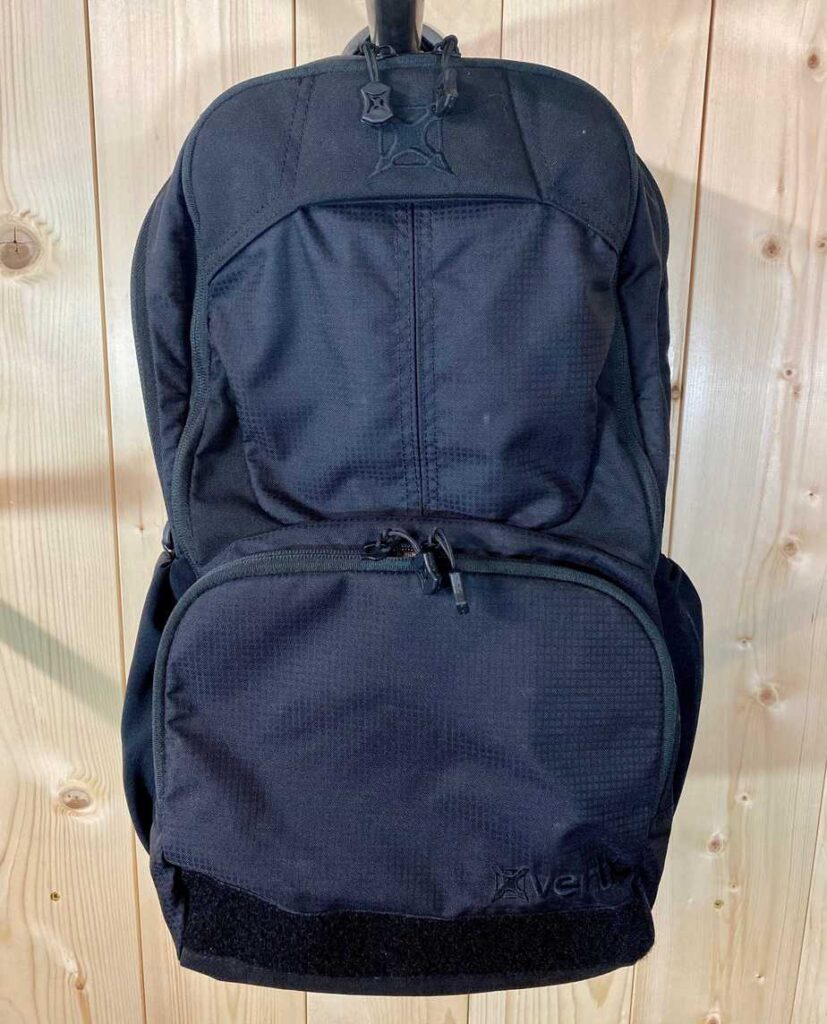
With the tallest climb in Mineral Wells topping out around 40 feet, you do not need a super long rope. Matter of fact, long ropes can be a pain to deal with in terms of managing the excess length. On days with high foot traffic, it is not uncommon to see inexperienced climbers or visitors, stepping on the excess rope. Please do not do this!
I prefer to take a “short rope”, which is easier to manage, weighs less, and takes up less room. A 100 ft. dynamic climbing rope from a reputable brand will more than suffice.
I use a 95 ft. (29m) Sterling Velocity 9.8mm rope and it works extremely well at Mineral Wells. It’s plenty long for the longest routes, but it’s not so long it’s hard to manage. The length of my rope is a little odd, but the shortest standard length they offer is 35m. If you want longer, it’s no problem. This particular rope can be purchased in lengths of up to 80m. It should be noted, this rope was a “Best Buy” in 2015 by Outdoor Gear Lab.
Buy the Sterling Velocity on Amazon!
Harness

A quality harness is another one of those mandatory pieces of safety equipment. I have a number of harnesses, but my go-to is the Petzl Adjama. This harness is super comfortable and has a very functional arrangement in terms of gear loops, etc.
It can be a little heavier than some alternatives, but the organization and comfort make up for the extra weight. If you move beyond Mineral Wells towards other locations with longer trad routes, this harness can make the transition with ease. Some may say it’s a little bulky for short top rope or sport climbing, but I’m willing to overlook those gripes for the versatility.
Buy the Petzl Adjama on Amazon!
Belay Device
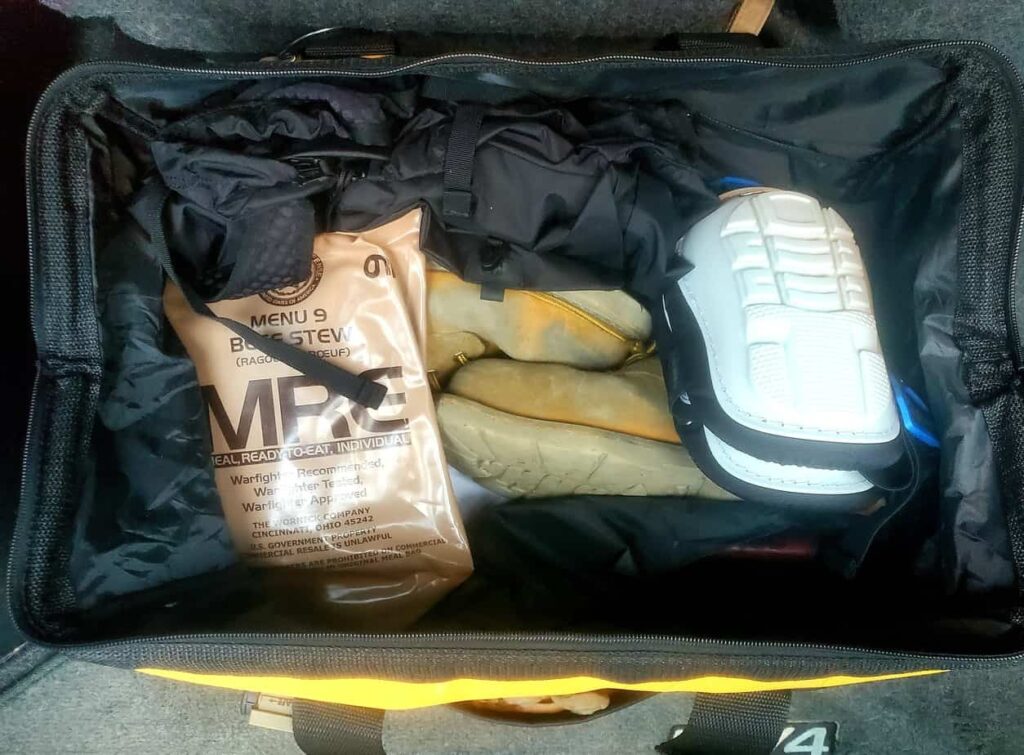
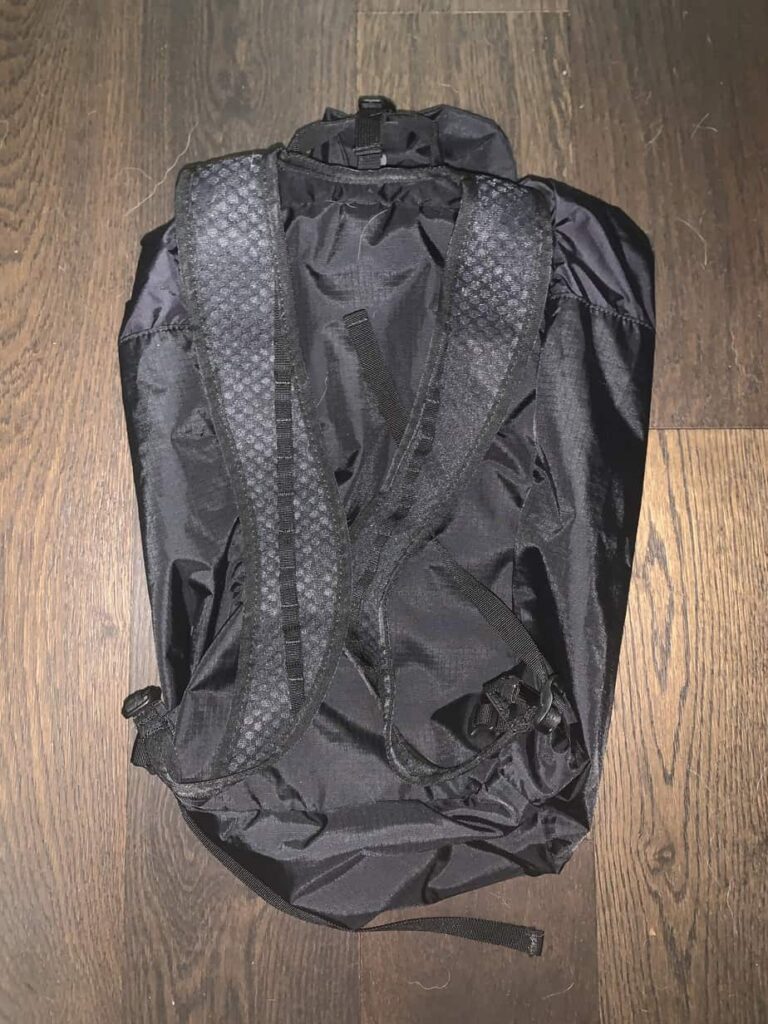
Belay devices can be very subjective. I usually take several and they most often consist of a Black Diamond ATC and an auto-locking belay device like the Petzl GriGri. I use both for various reasons, and again, I like to have spares. You should take what you’re used to and comfortable with. There are a lot of reputable options to choose from. Just make sure you know how to use it properly.
Locking Carabiners
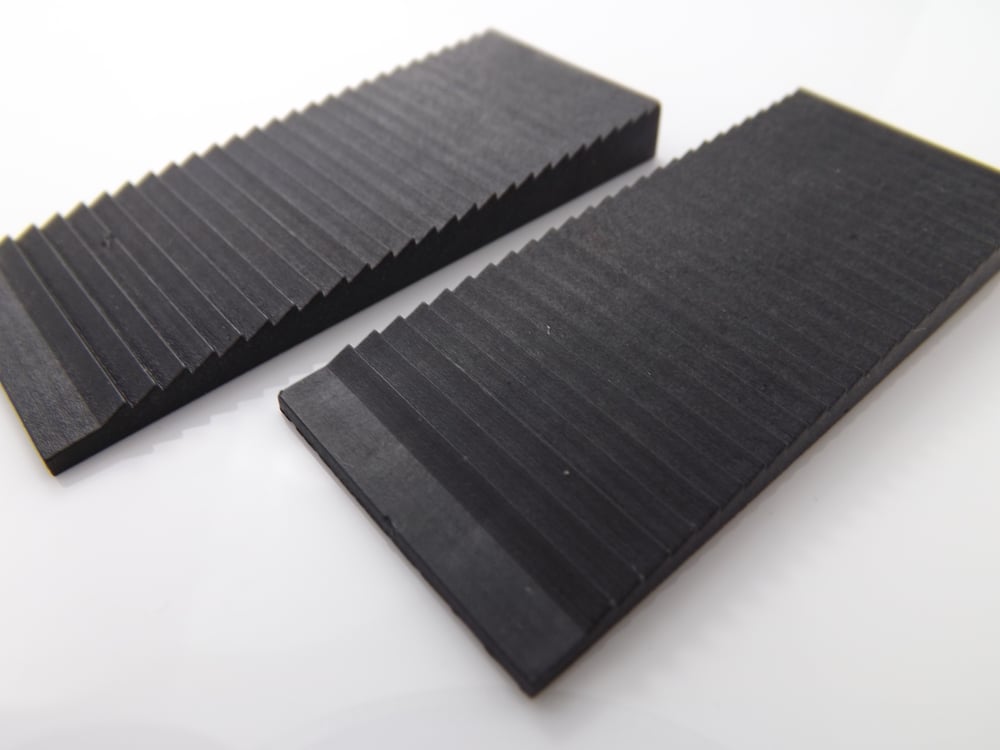

I always carry an excess of carabiners. However, if I had to put a bare minimum number on how many I would carry it would be 6. That should get you going setting up solid anchors while providing one extra for each climber. Again, carry extra because you never know what’s going to happen. I carry a mixture of screw-gate, autolocking biners, and non-locking, to include those listed below and others.
Anchors

When I first started climbing in Mineral Wells in the late ’90s, there were no bolts and we used natural features to set up our top rope anchors. It was common practice at that time to use boulders, features of various rocks, and even trees, to tie off to. Fortunately, since that time, pretty much every route has anchor bolts at the top of the climb.
This has made setting anchors much easier. Even though there are now anchors bolted up top, most are still set back pretty far from the edge of the rock face. The bolts can also be spaced only, which is another thing to contend with, and there are only a few with chains. With that in mind, you need to make sure you have long enough anchor material to set proper anchors.
Your mileage may vary in terms of the specific type of anchor material you use, but for building top rope anchors at Mineral Wells, I use 1″ tubular webbing. It’s cheap, lightweight, and easy to get cut into multiple lengths.
With that in mind, I do carry a variety of lengths ranging from 10 ft. to 30 ft. I usually buy my webbing with lengths in multiples of 5 (for whatever reason), and I manage it by using a daisy chain method to keep it organized. Webbing is cheap, so there is no reason to not have the length you need to run from the bolts past the edge of the rock face. You should also be mindful of the fact that the sharp edge of the rock can possibly damage your anchor material. Make sure you know how to mitigate that type of concern.
Please make sure you know what you are doing and that you can set up a proper and safe anchor system. I can’t tell you how many times I’ve seen dangerous setups over the years. If you are in doubt, seek out proper instructions on how to do it.
Buy Tubular Webbing on Amazon!
Climbing Shoes

Climbing shoes are not a necessity, but they will definitely make your experience and climbing better. I have had numerous brands and styles of climbing shoes over the years. Depending on the type of climbing, and depending on how serious you are, it may make sense to have a variety of shoes. But, that’s not for everyone.
As of late, I’ve pretty much settled on the La Sportiva Mythos. I find these to be one of my favorite shoes I’ve ever climbed in. They are great climbing shoes and work well with wide feet if that’s your thing. They are very sticky, have a nice toe shape, and perform very well. They are not super aggressive but I find they work well as an excellent “all-around” climbing shoe.
Chalk Bag and Chalk

Chalk and a chalk bag are some more of those items that are not necessary, but make things a little easier. This is especially true when the temperature starts to climb and the sweat starts to flow. I’m not too brand loyal towards chalk, especially considering my lack of climbing ability. I usually grab whatever I can find in that regard. As it pertains to a chalk bag, find something you like and go with it.
Conclusion
If you live in North Texas and want to give natural rock a try, head out to Mineral Wells State Park. It is very “beginner-friendly”, while still somewhat accommodating to intermediate climbers. Pair that with its close proximity and it’s hard to beat.
Top roping is fun and easy and takes some of the more intimidating technical knowledge out of the rock climbing equation. It’s a natural next step after learning to climb in a gym.
Don’t forget, there are a lot of other activities to take advantage of as well. Between climbing, camping, fishing, swimming, hiking, riding, etc., there is plenty to keep you busy.
If you plan on going for the first time or if you go there frequently, drop me a note and let me know what you think.

